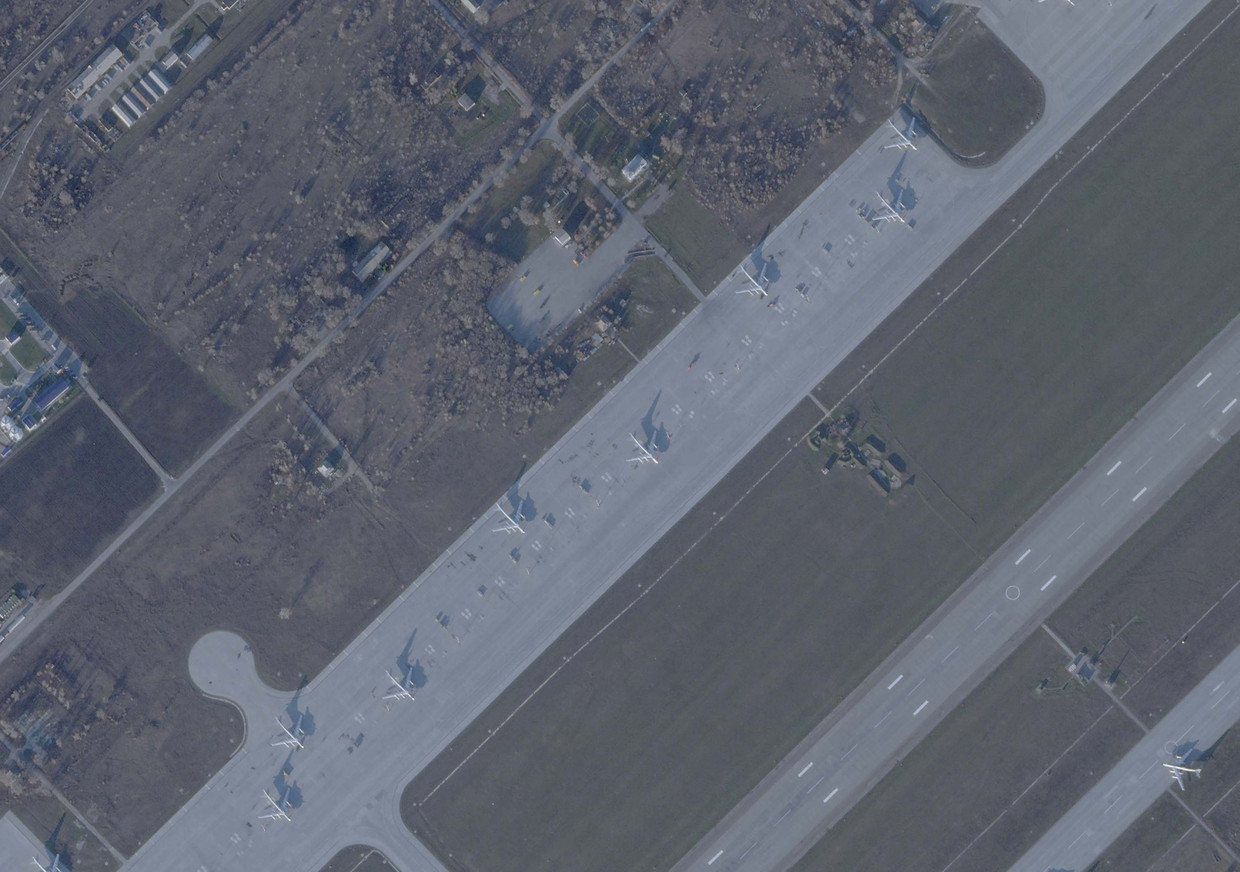
Until recently, the Russian military launched bombing attacks on Ukrainian cities and electrical installations from the Engels air base. The airport, located 700km south of Moscow and more than 600km from the border with Ukraine, was bombed for the second time in a short time on December 26. Suspected Ukrainian drone attack.
Secretary of the National Security and Defense Council of Ukraine Olekseyj Danilov stated the next day that the Russians had moved their TU-95 and TU-22 bombers into the attack. Britain’s Ministry of Defense described the move as “highly likely” in early January.
Since it had been cloudy for several days at Engels airfield, it was impossible to verify whether the bombers had actually disappeared. Available images from Planet Labs from Saturday, January 7, can now be seen as there are hardly any planes parked at the snow-covered airport. In places where the silhouettes of TU-95 bombers used to be visible, now no aircraft can be seen.
An initiative not with Russia
The plane was most likely moved to another air base, much deeper in Russia. This has little effect on the effectiveness of the bombers, says the former commander of the ground forces, Mart de Crieff. The TU-95 has a huge range, so it will only have to take off a little earlier from a base farther from Ukraine. Britain’s Ministry of Defense says the longer flight distance requires additional maintenance for the already fragile, aging aircraft.
The transfer process is amazing, says de Crieff. If the Russian military had announced before the war that it would fly such large aircraft in the middle of the conflict, everyone would have thought they were crazy. It shows that the initiative does not lie with Russia, but with Ukraine. That they could strike an air base so deep in Russia is remarkable.
Engels Airport – the neighboring town of Engels is named after Friedrich Engels, co-author of the Communist Manifesto – was also attacked in early December. The explosions then destroyed two TU-95 long-range bombers, presumably from Ukrainian drones. Russia has been using these aircraft to target Ukraine with cruise missiles since the invasion. Since the attack on the Crimean bridge last October, Russia has stepped up its missile attacks on Ukraine.

Russia has dozens of military airports. In addition to the Engels airfield, there are three more locations where the Tu-95 long-range bombers are based. According to the British Ministry of Defense, the planes are believed to have been stationed further east, in Russia.
radar
Before the Ukrainian drone attacks, there were at least two dozen TU-95 bombers at Engels Airfield, according to satellite imagery. After the first attack on 5 December, Engels remained fully operational and no fewer than fifteen bombers were still stationed on and around the runway. Satellite photos of Jan. 7 still show one copy, which was also parked a little further away in a barn for earlier photos.
Former commander Mart de Crieff predicts that moving the plane has no consequences for seeing cruise missiles on radar images. Ukraine is not really surprised yet. I suspect they benefit from tactical intelligence from countries that have much more advanced radar equipment than Ukraine itself. Countries that have radars can look deep into Russia.
In addition to the Tu-95s, Tu-160 heavy bombers were also stationed at Engels Air Force Base. Both strategic bombers are designed to carry out nuclear strikes.
The two attacks on Engels are remarkable because the airport is 800 kilometers from the Ukrainian battlefield. In recent months, Russian bases just across the border in Belgorod and De Crem have been hit by mysterious drone and helicopter attacks and acts of sabotage. As with the attack on the bridge to de Crem, Engels could not be reached with HIMARS, the advanced missile system that Ukraine received from the United States.

“Infuriatingly humble social media buff. Twitter advocate. Writer. Internet nerd.”








